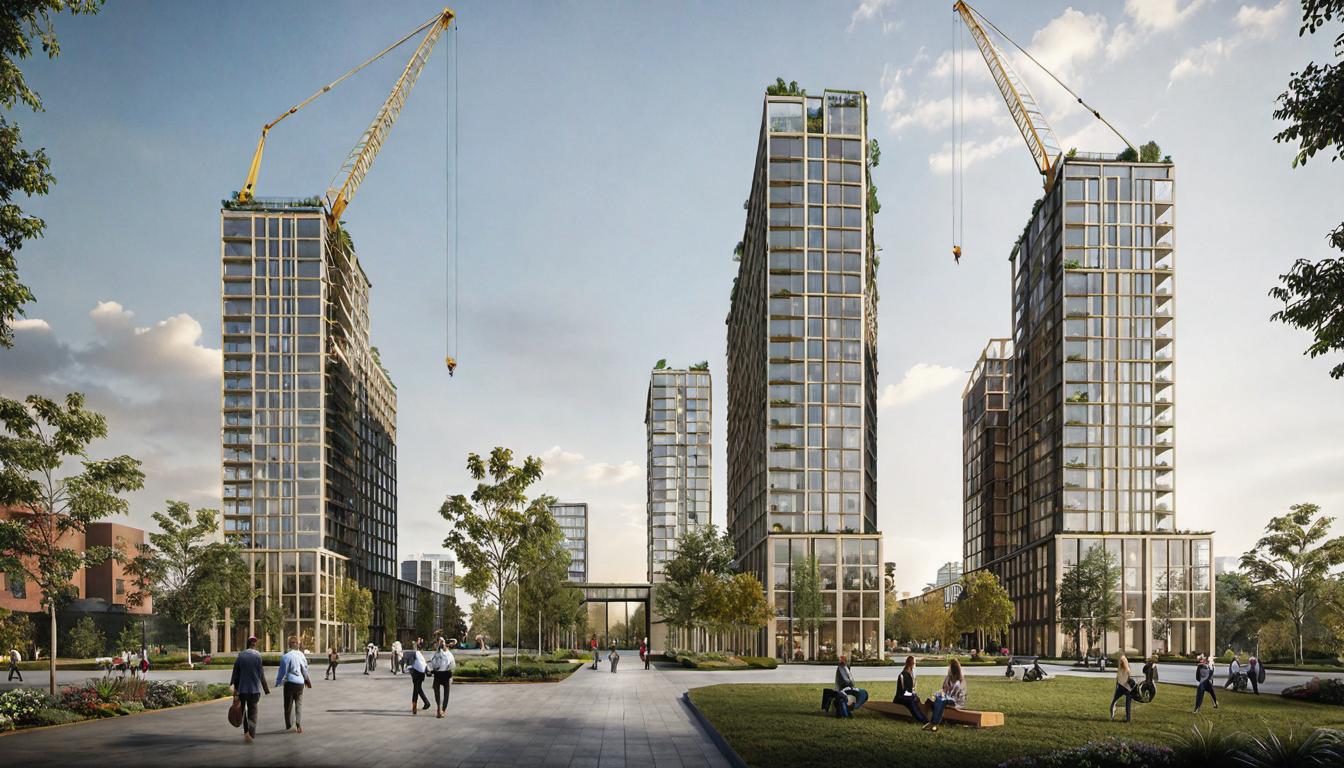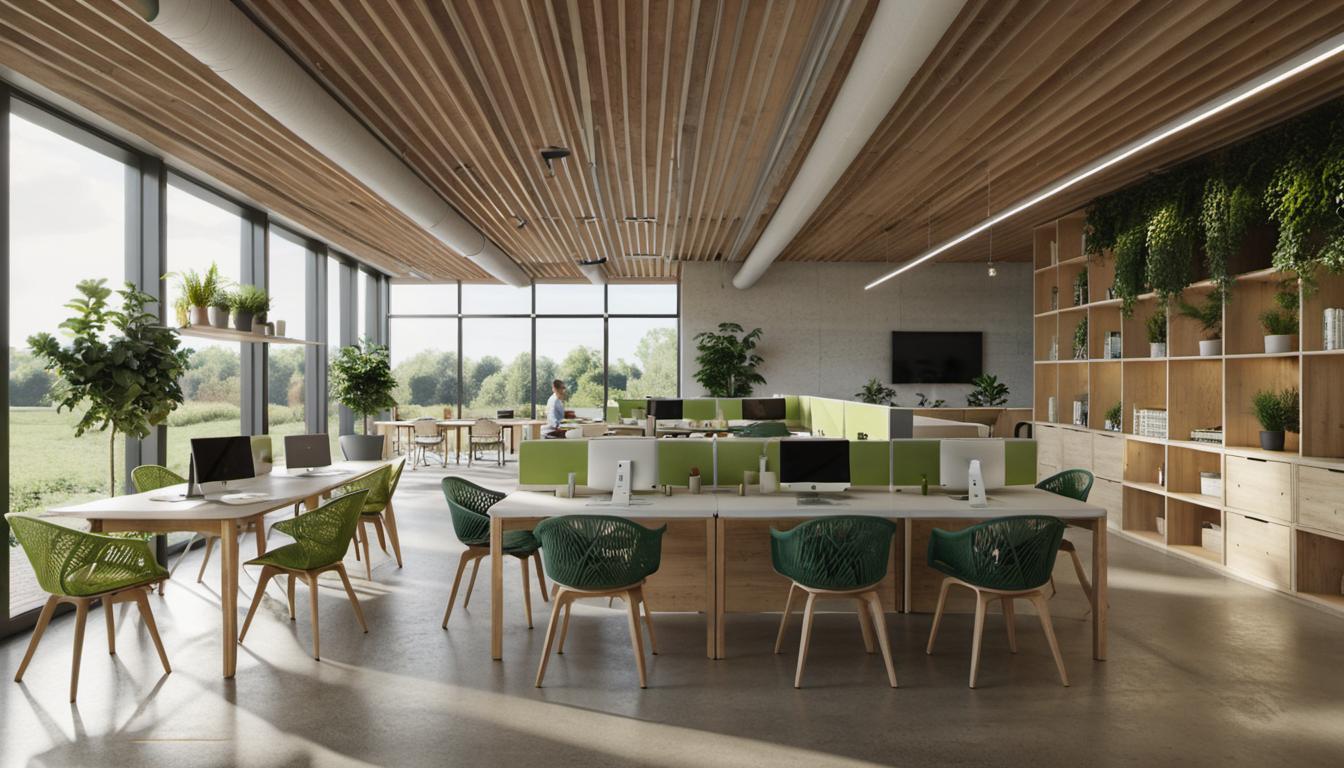Introduction
As the stewardship of architectural design and real estate markets advances, Building Information Modeling (BIM) emerges as a trending topic among professionals. This shift poises to patent itself in the daily routine of architects, interior designers, and those linked to the field of real estate.
Part 1: Understanding BIM and Its Advancements
- By referencing the fundamentals of BIM, we start to dissect the terminology: BIM refers to a modern method used in architectural design and construction projects where it acts as a blueprint that emulates the construction of a building in a digital format.
- Despite the current utilization of BIM across architectural design and construction projects, its full range of application is yet to be harnessed completely.
- With improvements such as generative design, software algorithms, and robotic construction, BIM is leaping toward a future where the utilization of resources is maximized.
Part 2: The Shift from BIM to Building Information Optimization
- Building Information Optimization improves the existing BIM system by infusing rules for optimal building design, enhancing efficiency and formulating a more holistic building model.
- These rules guide elements such as a building’s footprint, structural load capacity, and thermal performance.
- However, several pitfalls and inefficiencies in the current use of BIM are yet to be addressed, the most glaring being the use of BIM software as a conventional CAD program.
Part 3: Role of Algorithms and Robots in Architectural Design and Construction
- The rise in algorithmic design and construction is on the horizon, bringing along with it a likely displacement in job profiles.
- Tools like Grasshopper and Dynamo enhance geometric editing and panel constraining to make the design process more efficient.
- Current and future applications of CNC technologies will aid in creating design iterations and distinct patterns.
Part 4: Data Utilization and Efficiency in the BIM Process
- The concept of data waste, which is redundant data recreation throughout a building’s lifecycle, is coming to light, and BIM aims to mitigate it.
- The introduction of Revit Excel import/export add-ins can streamline the data transfer process, maximizing data utilization in the BIM process.
Part 4: Data Utilization and Efficiency in the BIM Process
- The concept of data waste, which is redundant data recreation throughout a building’s lifecycle, is coming to light, and BIM aims to mitigate it.
- The introduction of Revit Excel import/export add-ins can streamline the data transfer process, maximizing data utilization in the BIM process.
Part 5: Future of BIM and Interoperability
- In terms of interoperability, software-to-software translation could see potential reductions in the future.
- Artificial Intelligence (AI) plays an instrumental role in strengthening efficiency in tasks related to engineering and construction, bringing about remarkable changes in the sphere of BIM.
Part 6: Task Automation and the ROI of BIM
- Artificial Intelligence comes into play in automating tasks such as generating PDFs, exporting DWG files, and detaching Revit models.
- The implementation of these BIM innovations has the potential to amplify Return on Investment (ROI) and boost efficiency.
Part 7: The Potential of BIM in Sustainable Design and Construction
- BIM plays a pivotal role in emphasizing energy efficiency and endorses green building certification systems.
- BIM showcases potential uses in infrastructure projects and facility management, hinting towards a broader application spectrum.
Part 8: BIM and Its Future Accessibility
- BIM is becoming more adaptable for small and medium-sized firms which is a positive sign for the industry.
- Factors such as affordable software options, cloud-based platforms, and improved education and training resources will have a profound impact on BIM adoption.
Part 9: FAQ session
- Question: How is BIM contributing to the alteration of the architectural design process?
Answer: BIM is enabling architects to visualize building designs digitally before actual construction starts. This allows architects to detect and correct potential design flaws early in the design process, reducing costly and time-consuming changes down the line. - Question: How does BIM shape collaboration in construction projects?
Answer: BIM provides a shared platform for all stakeholders to visualize, understand, and contribute to the project. This promotes real-time communication and coordination among the project team, reducing the likelihood of costly rework caused by communication gaps. - Question: How do AI and IoT fit into the future of BIM?
Answer: AI and IoT will play significant roles in providing real-time and predictive data for the BIM process. AI algorithms will be fundamental in optimizing designs and automating routine tasks, while data from IoT devices will provide useful insights into building performance. - Question: How does BIM boost sustainable design and construction practices?
Answer: BIM helps optimize building designs for energy efficiency, contributes to the attainment of green building certification and promotes the incorporation of renewable energy sources in construction projects. - Question: How does BIM impact small and medium-sized construction firms?
Answer: BIM is becoming more user-friendly and accessible, encouraging its widespread adoption among small and medium-sized firms. With affordable software solutions, cloud-based platforms, and improved resources, firms can reap BIM’s benefits without needing significant initial investments.
Summary
We see from the above overview that BIM carries huge potential to bring about significant changes in the architectural design and real estate industry. The impact of these developments on the industry’s future, as we perceive it, is considerable.






